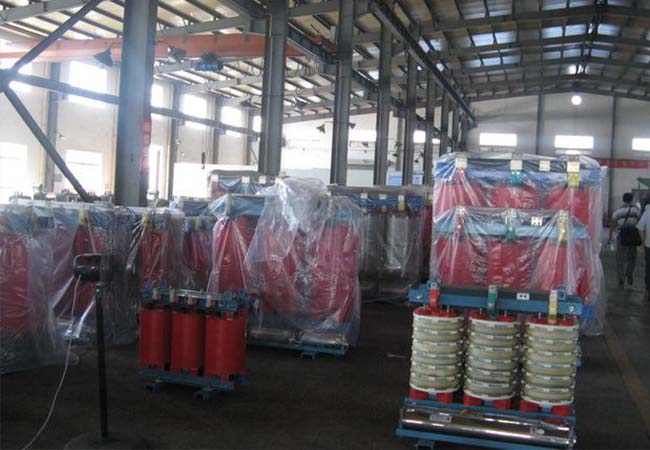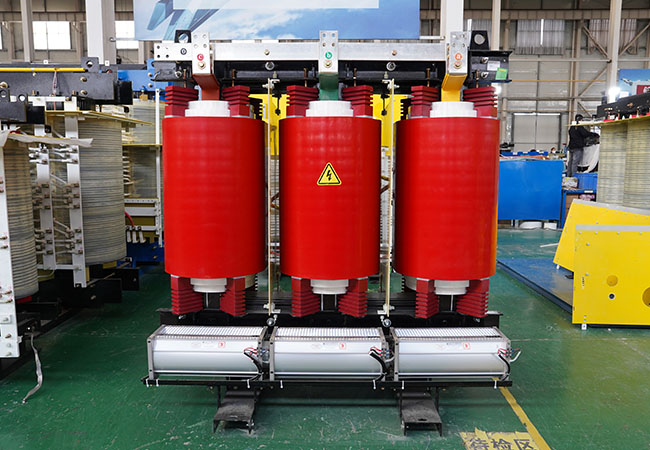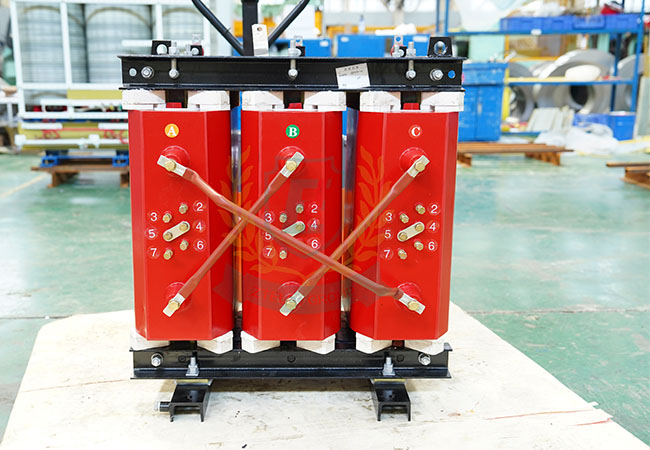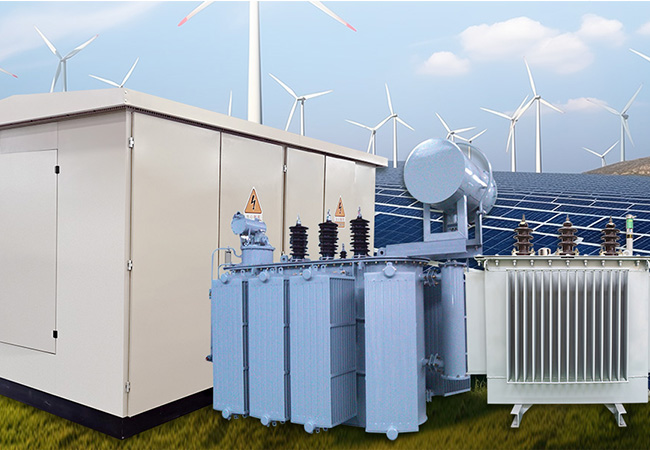Dry-type transformer Leakage prevention Methods
06-27 2025 | By:
Dry-type transformer is an important power equipment. Generally speaking, dry-type transformer should pay attention to various problems in the process of working. There are many common problems in dry-type transformer, and there are many failures in dry-type transformer. Today we are mainly talking about the leakage of dry-type transformer. The leakage of dry-type transformer makes the hidden danger of dry-type transformer relatively large. It should be taken seriously and actively prevent the leakage of dry-type transformer to achieve safer performance and effect of dry-type transformer. Let’s analyze the introduction of dry-type transformer leakage together with the editor of the manufacturer:
Dry-type transformer leakage mostly occurs at the connection, and more than 95% is mainly caused by sealants. The total welding points of 31500kVA dry-type transformer are more than 70, and the total length of welds is nearly 20m. Therefore, there may be many leakage paths. Dry-type transformers have many welding points and long welds. Oil-immersed dry-type transformers are a collection of various welding and connections based on steel plate welded shells. The direct cause of leakage is rubber seal failure and weld cracking, pores, slag inclusions, etc. In the manufacturing process of dry-type transformers, there are many welding points in the oil tank, long welds, difficult welding, welding materials, welding specifications, processes, and technologies, which will affect the welding quality, causing pores, sand holes, cold welding, and desoldering, which will cause the dry-type transformer to leak oil. The quality of the sealant mainly depends on its oil resistance. The poor oil resistance will age faster, especially at high temperatures, which will easily cause the seal to age, crack, deteriorate, deform, and even fail, causing the dry-type transformer to leak oil. Another part of the dry-type transformer that often leaks is the plate-type butterfly valve. The flange connection is uneven, and the sealing gasket cannot be evenly stressed around during installation. The connection surface of the ordinary plate-type butterfly valve used is relatively rough and thin, with a single-layer seal, and the flange joint is deformed and dislocated, so that one side of the sealing gasket is subjected to a larger force and the other side is subjected to a smaller force. The sealing gasket on the side with a smaller force is prone to leakage due to insufficient compression. It is an obsolete product and is prone to cause oil leakage in the dry-type transformer.
The above are the common dry-type transformer leakage treatment process and important steps for your reference. If you have not mastered the dry-type transformer leakage prevention method, please contact our manufacturer’s technicians immediately for relevant solutions!
You may also find these interesting:



